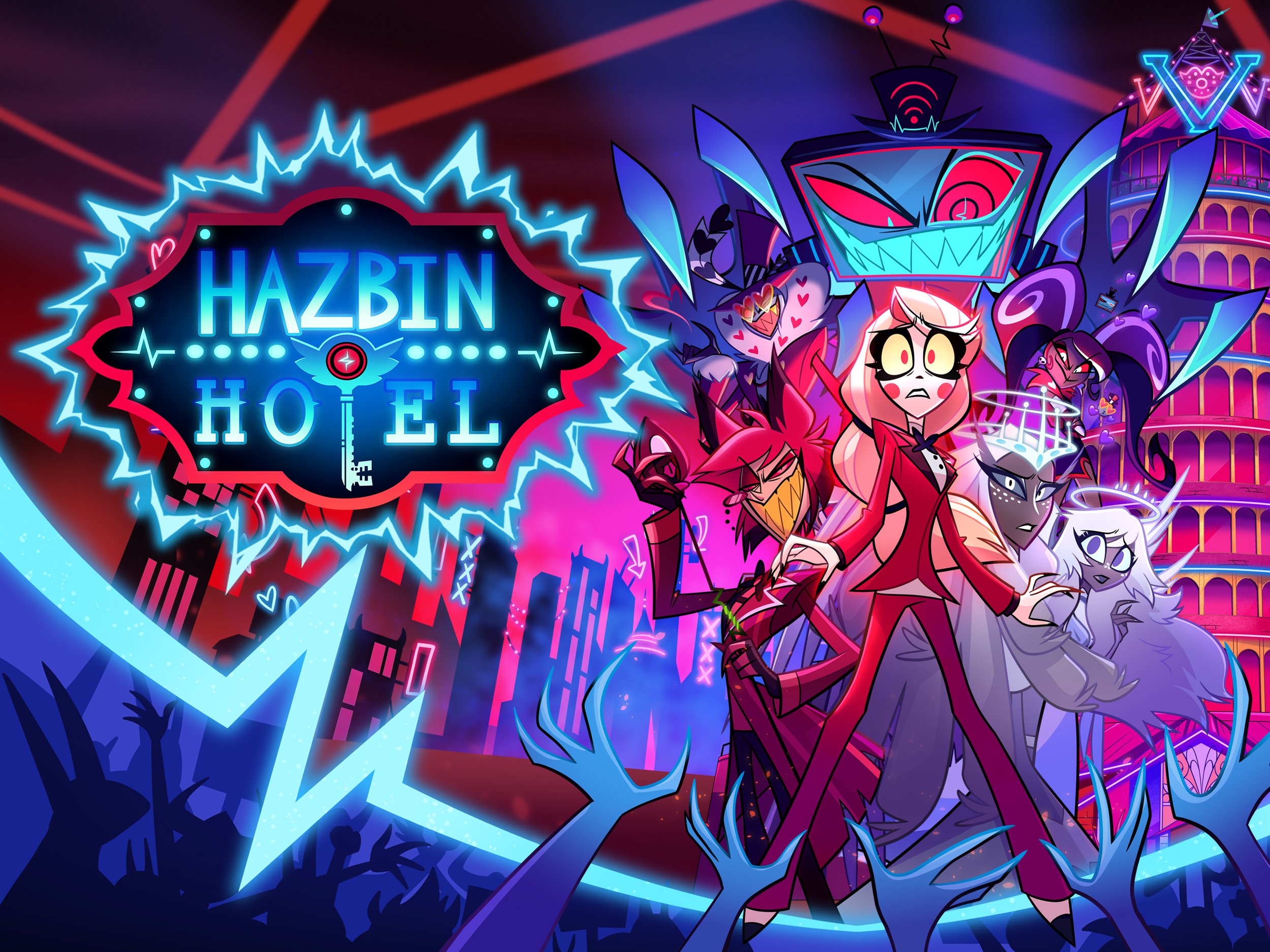Centaurworld: A Psychological Analysis of Trauma, Identity, and Healing
Centaurworld, created by Megan Nicole Dong, is an animated series that uniquely blends whimsical fantasy with dark realism, effectively exploring complex psychological themes through its narrative and character development. At first glance, the vibrant and humorous presentation might suggest simplicity, yet beneath the surface lies a profound commentary on trauma, coping mechanisms, identity integration, and existential anxiety.
Trauma and Coping Responses
One prominent psychological theme in Centaurworld is trauma and coping responses. The main character, Horse, originates from a bleak, war-torn world characterized by constant struggle and loss. Upon being transported into the fantastical Centaurworld, Horse initially exhibits common trauma responses, such as denial, resistance, and hypervigilance. This echoes trauma theory proposed by Herman (1992), who emphasizes that traumatic experiences often result in heightened stress responses and emotional numbness. Centaurworld itself represents an escapist coping mechanism, akin to psychological dissociation, where individuals detach from reality to cope with overwhelming pain (van der Kolk, 2014).
Identity Formation and Psychological Integration
Another core theme is identity formation and psychological integration. Horse experiences literal and symbolic transformations as she adapts to Centaurworld. Her gradual acceptance of her new form and environment mirrors psychological processes of integration described by Jungian psychoanalysis (Jung, 1953). Horse’s journey involves acknowledging and synthesizing her traumatic past with her emerging, multifaceted identity, reflecting the process of individuation—where one integrates conscious and unconscious elements of the psyche to achieve self-realization (Jung, 1953).
Anxiety Disorders and Depressive Tendencies
Anxiety disorders and depressive tendencies are also clearly represented through various characters. Glendale's compulsive kleptomania humorously yet poignantly illustrates anxiety-driven compulsive behaviors, rooted in insecurity and emotional distress (Abramowitz & Jacoby, 2014). Similarly, Wammawink’s exaggerated anxiety and protectiveness represent the manifestation of unresolved grief and fear of abandonment, common in caregivers who have experienced trauma or loss (Bowlby, 1988). Comfortable Doug offers comedic relief but also subtly conveys existential resignation, indicative of depressive avoidance and passive coping strategies (Beck, 1967).
Inner Child and Emotional Healing
The series also deeply explores the concept of the "inner child" and emotional healing. The playful and whimsical inhabitants of Centaurworld symbolize childlike innocence and emotional authenticity. Psychological literature suggests reconnecting with one's inner child is integral to healing emotional wounds and achieving personal growth (Whitfield, 1987). Characters such as Horse and Wammawink experience significant emotional healing and growth by embracing vulnerability and nurturing their authentic selves, highlighting the therapeutic power of acknowledging one's internal emotional world (Neff, 2011).
Resistance to Change and Internal Conflict
Resistance to change and internal conflict are embodied through the antagonist, the Nowhere King. Symbolizing suppressed pain and unresolved trauma, the Nowhere King represents how denial and emotional repression can become destructive forces. The conflict between Horse and the Nowhere King parallels internal psychological battles individuals face when resisting acceptance of painful realities or emotional truths, echoing psychological theories regarding repression and shadow integration (Jung, 1953).
Community, Connection, and Belonging
Centaurworld also emphasizes community and belonging as essential elements of psychological resilience. Horse’s evolution from a solitary, war-oriented identity to a connected, empathetic member of a supportive community aligns with research on social support’s critical role in psychological well-being and trauma recovery (Taylor, 2011). The series underscores the necessity of emotional bonds and communal support systems in overcoming trauma and existential despair.
Existential Anxiety
Finally, existential anxiety permeates the narrative. Characters grapple continuously with questions regarding purpose, identity, and the acceptance of impermanence. This existential perspective aligns with existential psychotherapy, which posits that confronting inherent uncertainties of existence can lead to personal growth and deeper life meaning (Yalom, 1980).
Simply Put
In conclusion, Centaurworld utilizes fantastical elements and humour not merely for entertainment but as powerful metaphors to explore psychological realities. Its portrayal of trauma, coping mechanisms, identity integration, anxiety, depression, emotional healing, resistance, community connection, and existential anxiety provides a rich tapestry that resonates deeply with psychological theories and therapeutic practices.
References
Beck, A. T. (1967). Depression: Causes and treatment. University of Pennsylvania Press.
Herman, J. L. (1992). Trauma and recovery. Basic Books.
Neff, K. (2011). Self-compassion: The proven power of being kind to yourself. HarperCollins.
Yalom, I. D. (1980). Existential psychotherapy. Basic Books.




